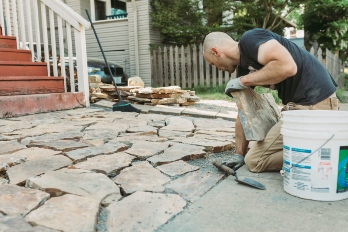Preapproval is a lender’s formal, written statement of the maximum amount they’ll loan you, assuming you meet all the conditions of the loan. In other words, it will give you a reasonably dependable idea of the budget you’ll have to work with. Being preapproved before you can start house shopping has become an industry-standard in real estate. Before it gives you its preapproval, however, the lender will want to verify your finances. They’ll look at your tax returns, bank statements, credit score, and more.
(Note: Some people use the terms preapproval and prequalification interchangeably, but they are two different steps in the loan application process. And while some lenders offer both, others go with one or the other. Be sure to ask your lender which method they use.)
Confused about your credit? Our post “The 5 Determining Factors In Your Credit Score” breaks it down for you.




